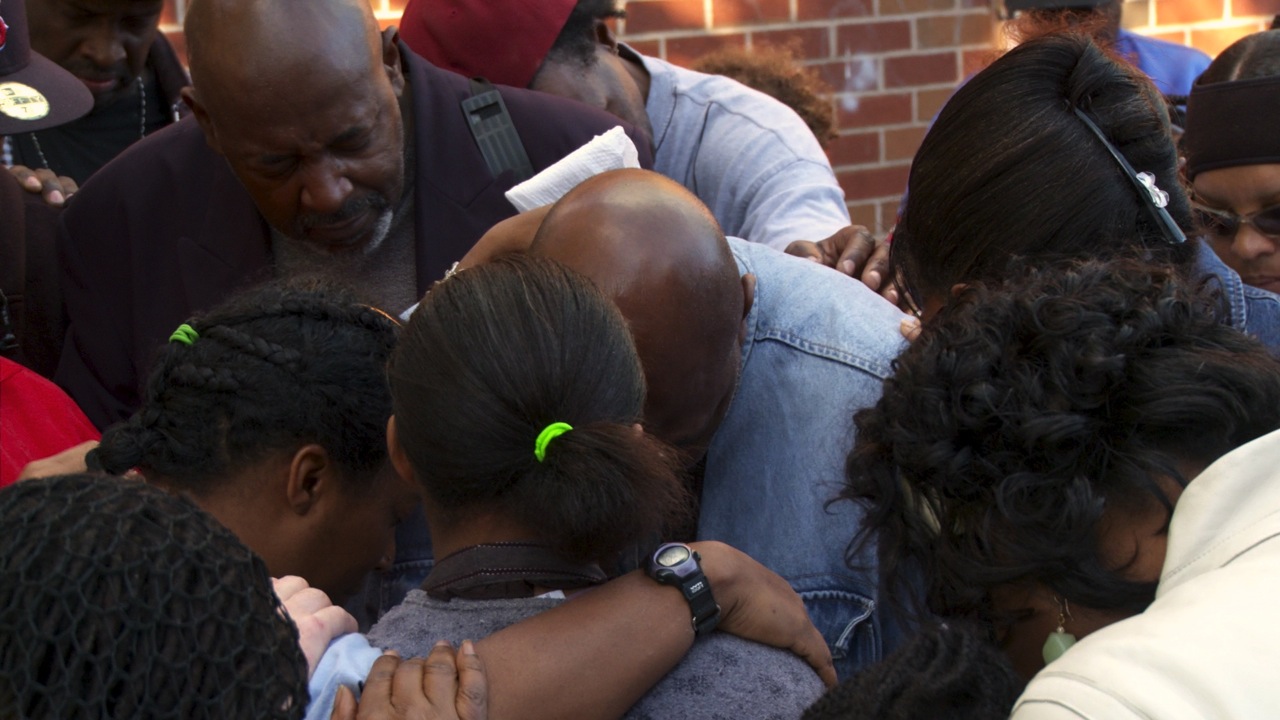Tell Federal, State and Local Leaders To Responsibly Prevent Urban Violence
SAVE MORE LIVES
Research suggests only a small number of violence prevention programs, when rigorously evaluated, show evidence that their methods reduce violence, (See BluePrints). Still, unproven programs are continuously implemented across America at great cost.
Rightfully, the violence prevention industry is tasked to provide complicated and quality care to youth and families most at-risk. While individual programs want to help, the widespread use of unproven care can leave families disconnected from what actually works, wastes resources and most importantly, does not prevent deaths and injuries from occurring. But that is fixable.
According to the Center’s For Disease Control (CDC), “Violence is preventable.” In fact, when evidence-based strategies are combined with rigorous evaluation and program adherence, the best chances for lifesaving practices/victims care can be in place.
We can build a better safety net. Treating complicated issues requires trained providers, proven methods and program integrity.
Please read and sign the full petition on the left.



RESEARCH
BLUEPRINTS
Demand for effective programs to prevent violence and foster healthy youth development continues to grow. Across the country, organizations sponsor a raft of well-intentioned programs. Yet, very few of them have evidence demonstrating their effectiveness, and many are implemented with little consistency or quality control. Unproven programs not only waste scarce resources but also can do harm. Blueprints promotes only those programs with strong scientific evidence of effectiveness.
CDC STRYVE
Striving To Reduce Youth Violence Everywhere (STRYVE) is a national initiative, led by the Centers for Disease Control and Prevention (CDC), which takes a public health approach to preventing youth violence before it starts.
NATIONAL IMPLEMENTATION RESEARCH NETWORK
Evidence-based programs are interesting but not much help unless they can be put into practice and produce the same good results in practice that they produced under laboratory conditions. The Active Implementation Frameworks summarized in this website synthesize the literature and best practices for HOW to make full and effective use of effective interventions in practice.
